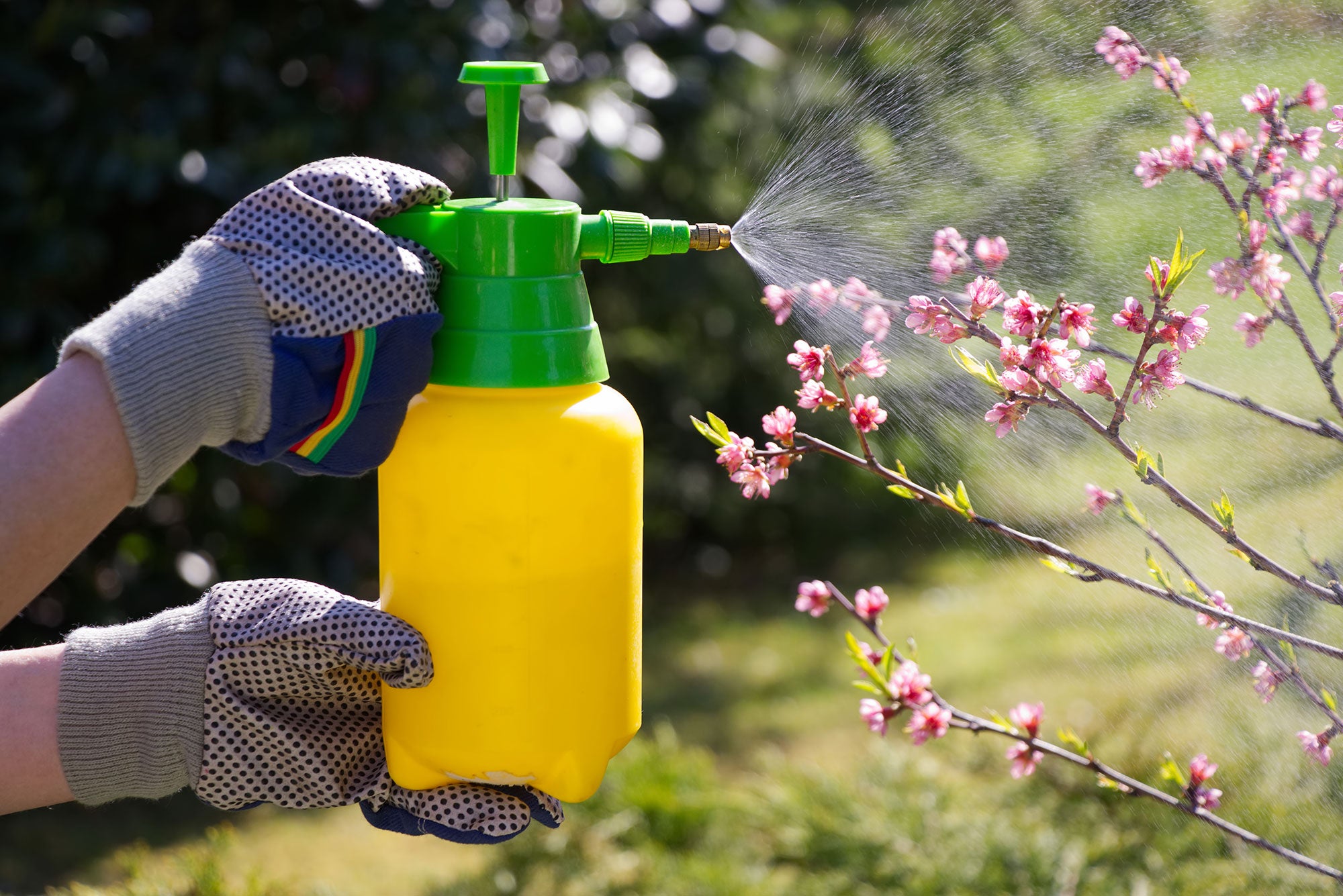This week, North Dakota’s governor signed HB 1318 — a bill that reaffirms federal authority in pesticide labeling — into law. The bill passed on Wednesday with overwhelming bipartisan support in both the state and senate.
HB 1318 ensures that pesticides approved by the U.S. Environmental Protection Agency, when labeled in accordance with federal law, also satisfy North Dakota’s state requirements for health and safety warnings. The measure protects companies from excessive litigation when they follow EPA guidelines, reducing legal uncertainty and helping stabilize the agricultural marketplace.
“Enacting HB 1318 into law is a resounding win for farmers and all North Dakotans. Governor Armstrong and the legislature have set a strong, bipartisan example for the country by preserving farmers’ access to essential crop protection tools that help keep farms competitive and grocery bills down,” said Elizabeth Burns-Thompson, Executive Director of the Modern Ag Alliance. “Thanks to this legislation, North Dakota farmers will have the certainty they need to keep doing what they do best — growing the food we all depend on. This law sets the standard for states across America to pass legislation similar to HB 1318 and, ultimately, stand up for our farmers.”
Georgia’s General Assembly also passed a version of the pesticide protection bill, but it has not been signed yet. Similar legislation is also in the pipeline in Iowa, Florida, Missouri, Oklahoma, Tennessee, and Wyoming.

For North Dakota’s farming community, this legislation brings much-needed clarity and security. The Modern Ag Alliance’s Ag Insights Survey revealed that 81 percent of North Dakotans — including majorities across political lines — oppose litigation that could restrict access to crop protection products.
That consensus was echoed throughout the legislative process by a broad coalition of agricultural organizations who backed HB 1318, including the North Dakota Farm Bureau, North Dakota Farmers Union, and commodity grower associations representing corn, soybeans, canola, pulses, wheat, and barley.
Andrew Mauch, President of the North Dakota Corn Growers Association, said the bill’s passage marks a “significant victory” for growers who depend on reliable tools to manage weeds and keep food and fuel costs in check. “HB 131 — now officially signed into law — is a significant victory for North Dakota corn growers. The new law safeguards our continued access to proven crop protection products that help us manage stubborn weeds with low input costs, helping keep food and fuel costs from rising even further. We appreciate the legislature and Governor Armstrong for standing up for our farmers.”
The sentiments were shared by Justin Sherlock, President of the North Dakota Soybean Growers Association.
“On behalf of soybean producers across the state, we are grateful for the strong leadership that got HB 1318 across the finish line,” he said. “This monumental step forward helps ensure our farmers have the certainty they need to make long-term planning decisions and stay productive in the field.”
Growers across different crop sectors praised the bill for its practical implications. From Matt McCabe of the Northern Pulse Growers Association who noted that effective weed control is “one of agriculture’s toughest challenges” to Tim Mickelson of the Northern Canola Growers Association, who highlighted the bill’s role in supporting conservation practices like no-till, the message was consistent: HB 1318 meets the moment.
“Canola growers rely on consistent access to safe crop protection technologies to keep costs low, yields high, and implement conservation practices like no-till farming,” said Mickelson. “Governor Armstrong’s signature on HB 1318 sends a clear message that our leaders understand what’s at stake for our farms and are committed to protecting our ability to effectively feed America.”
Ryan Ellis, President of the North Dakota Grain Growers Association, emphasized the importance of science-based tools in maintaining yield and protecting North Dakota’s position as a national wheat producer.
“North Dakota’s wheat and barley producers rely on safe, approved pesticides to control invasive weeds and maintain high yields, ensuring our state continues to be the nation’s leading wheat producer. HB 1318 is a major win for North Dakota agriculture, providing critical assurance that these science-based tools will remain available to support our farmers,” he said.








